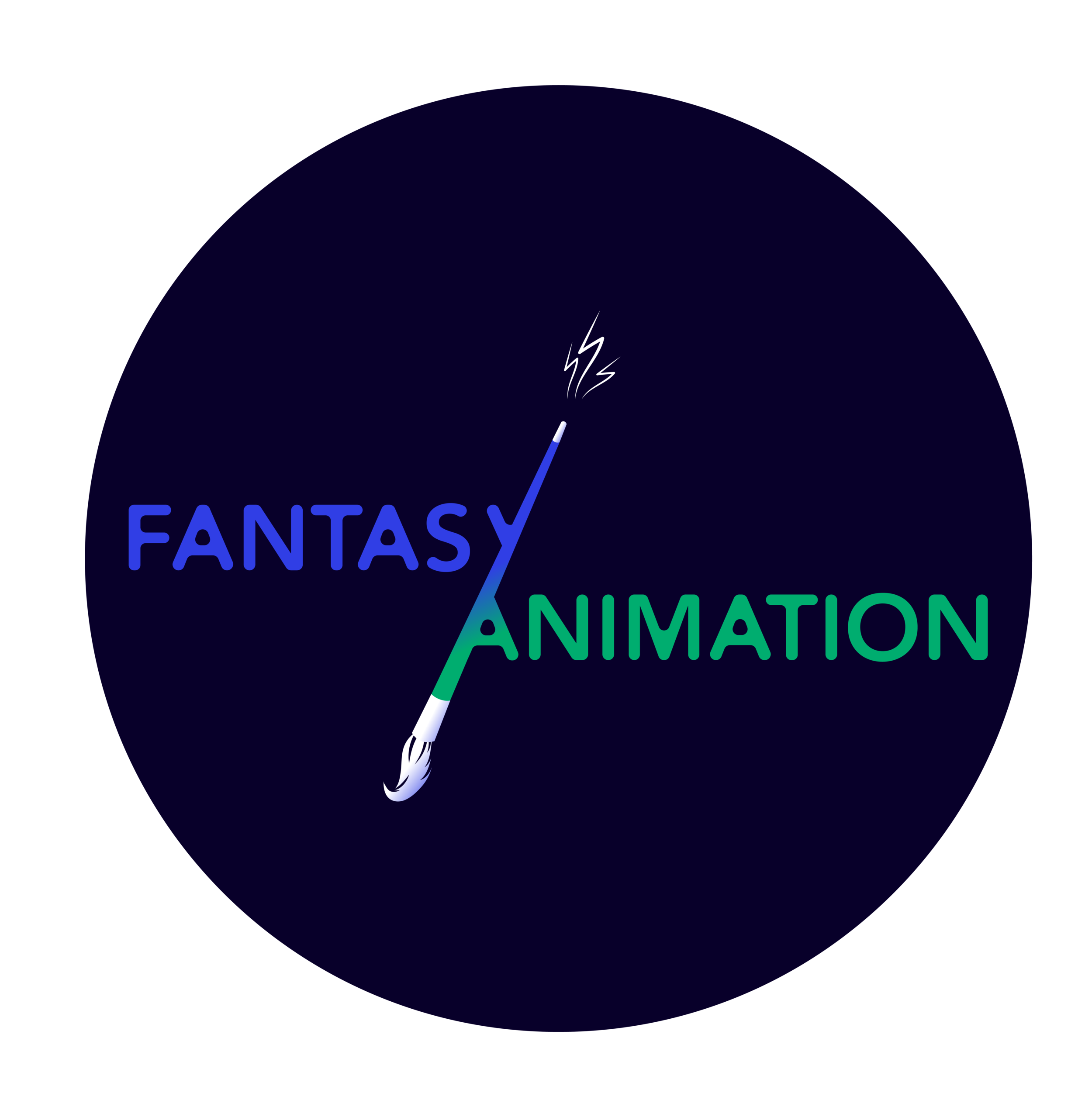Directed by Bibo Bergeron, the computer-animated film A Monster in Paris (2011) follows the story of Francoeur, a chemically mutated flea, as he explores the city of Paris, befriends Lucille and her two friends, and hides from the danger that is the fear of those who do not understand him. Set during the flooding of the Seine River (1910), Bergeron’s film carries various themes of love and friendship, though darker messages hide beneath the surface of this captivating Europe-set narrative.
Read MoreIn 1965, the Czech draughtsman, book illustrator, puppet and toy designer, painter, animated film-maker and sculptor Jiří Trnka released his last short animation film Ruka/The Hand (1965). The silent 18 minute animation delivers a powerful and chilling dynamic; allegorically and metaphorically representing the influence of the communist political regime on the freedom of people through the framing of Trnka as the main character (a harlequin) and the accompanying image of the hand, which overpowers harlequin’s agency.
Read MoreThe 1973 animated adaptation of Stefan Wul’s 1957 novel, Oms En Serie, recounts the enslavement and subjugation of the ‘Oms,’ (a term that is phonetically indistinguishable from the French word for men, hommes), by giant blue humanoid aliens, the ‘Draags.’
Read MoreWith the Global Climate Strike, Greta Thunberg, environmental disasters and the rise of Extinction Rebellion, it seems like this is the decade when the world is waking up to the environmental emergency. However, it is clear that the research that climate-induced natural catastrophes and multiple activist organisations have existed for decades (especially if we cast our minds back to the 1960s), without leading to a real sense of urgency, albeit due to enormous efforts by big polluters to deny the science. This is where animation comes in. Data from hardworking scientists and policy analysts have illustrated the rapid destruction of our natural habitat for decades. But today, media – and animation in our case – has been able to obtain a much stronger impact on civil society – and, by extension, politicians – and amplify the voices of those who have been too easily dismissed in the past.
Read More



